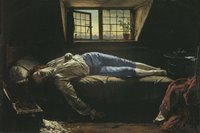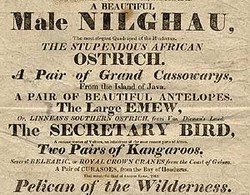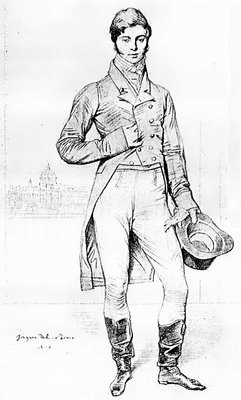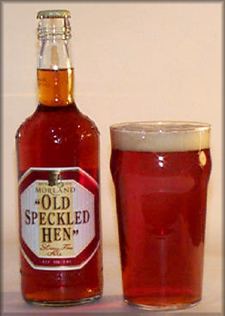 The boddynge flourettes bloshes atte the lyghte;
The boddynge flourettes bloshes atte the lyghte;
The mees be sprenged wyth the yellowe hue;
Ynn daiseyd mantels ys the mountayne dyghte;
The nesh yonge coweslepe bendethe wyth the dewe;
The trees enlefed, yntoe Heavenne straughte,
Whenn gentle wyndes doe blowe to whestlyng dynne ys broughte.
Thomas Chatterton, the anguished teenage poet, was one of the great fakers of the Romantic period–his short-lived and unsuccessful career, which started with him faking medieval poetry, ended with his suicide in an attic at the tender age of eighteen.
And plagiarization is something fiction writers are too often accused of…after all, all regencies are about fresh-faced ingenues and rakes, right?…aren’t they? Even though academic story analyses have proposed that all story-telling is derivative, and derive from a handful of basic plots, it’s something we are accused of far too often.
As a living example of how different writers can take a simple plot premise and work it into something different, visit Diana Peterfreund’s Great Blog Voice Experiment. Diana invited twelve writers for their contribution, and each is different and interesting. Why? It’s a question of individual imagination and individual voice–whatever voice is. It’s one of those difficult-to-define elements that distinguishes a writer’s work, and I hold the theory that the stronger the voice, the more extreme the reader’s reaction.
Can you define voice? Which writers have a strong voice, and what do you like/dislike about their work?
Janet








